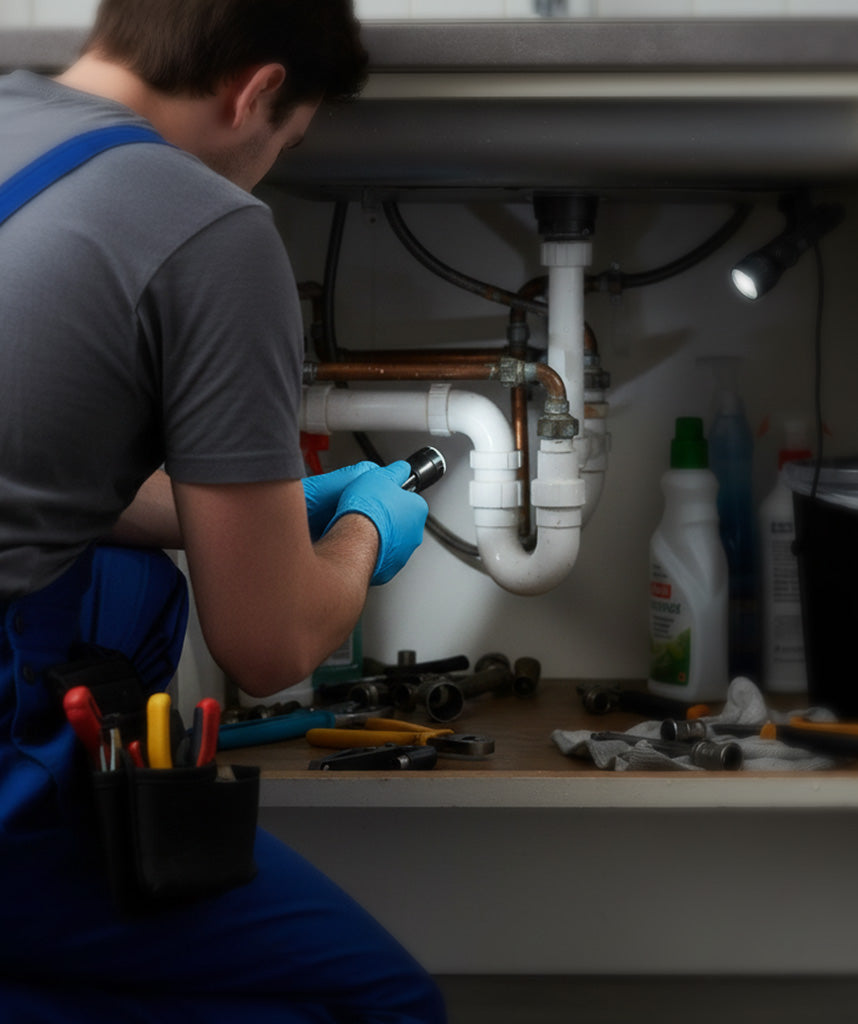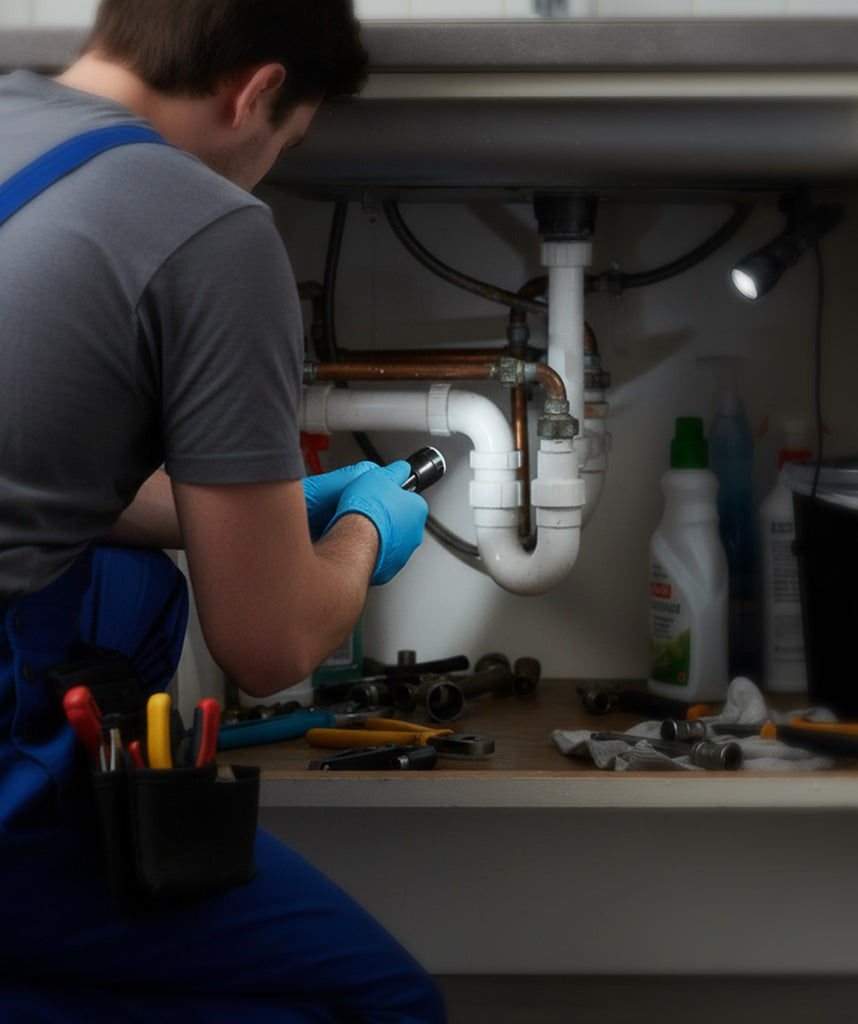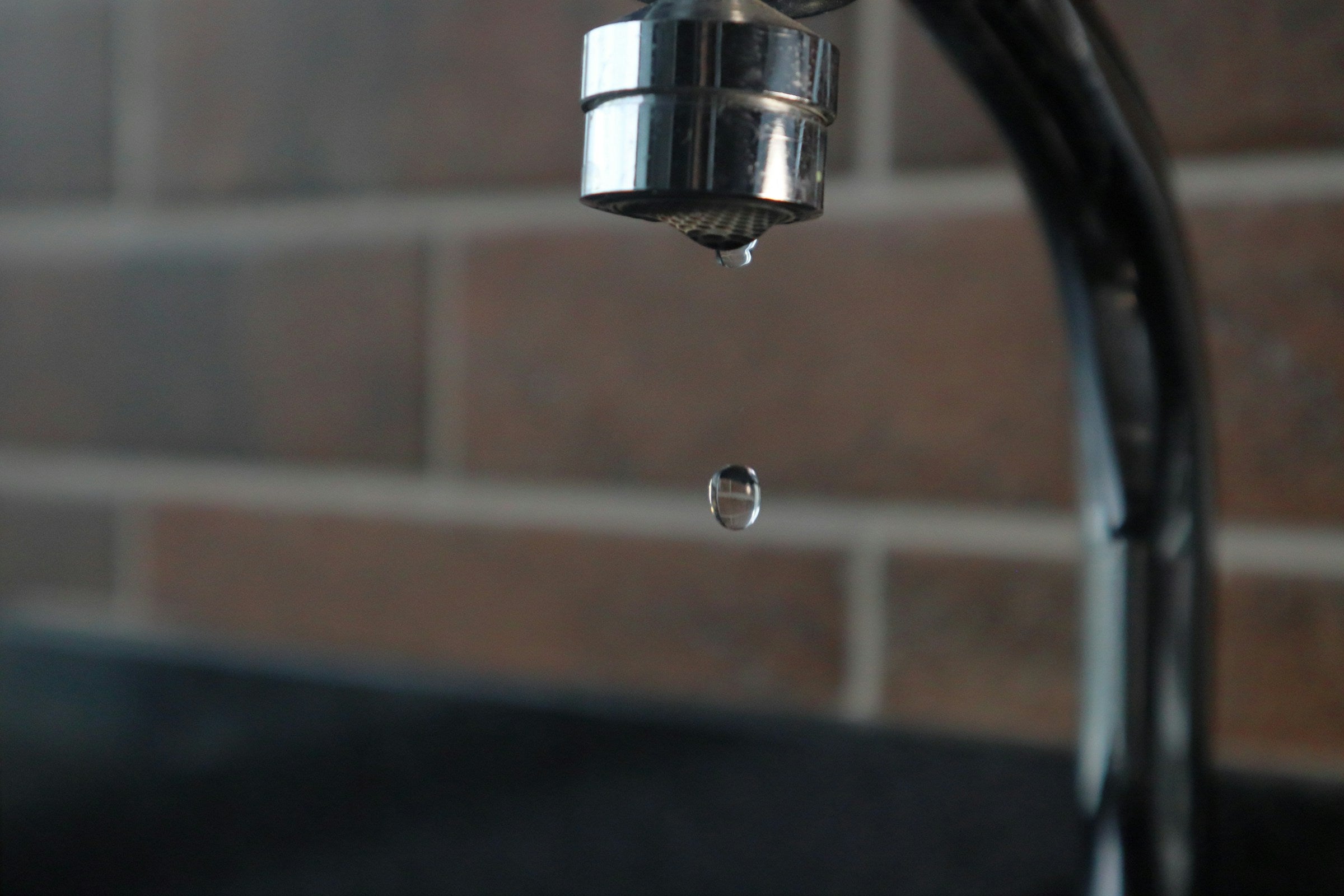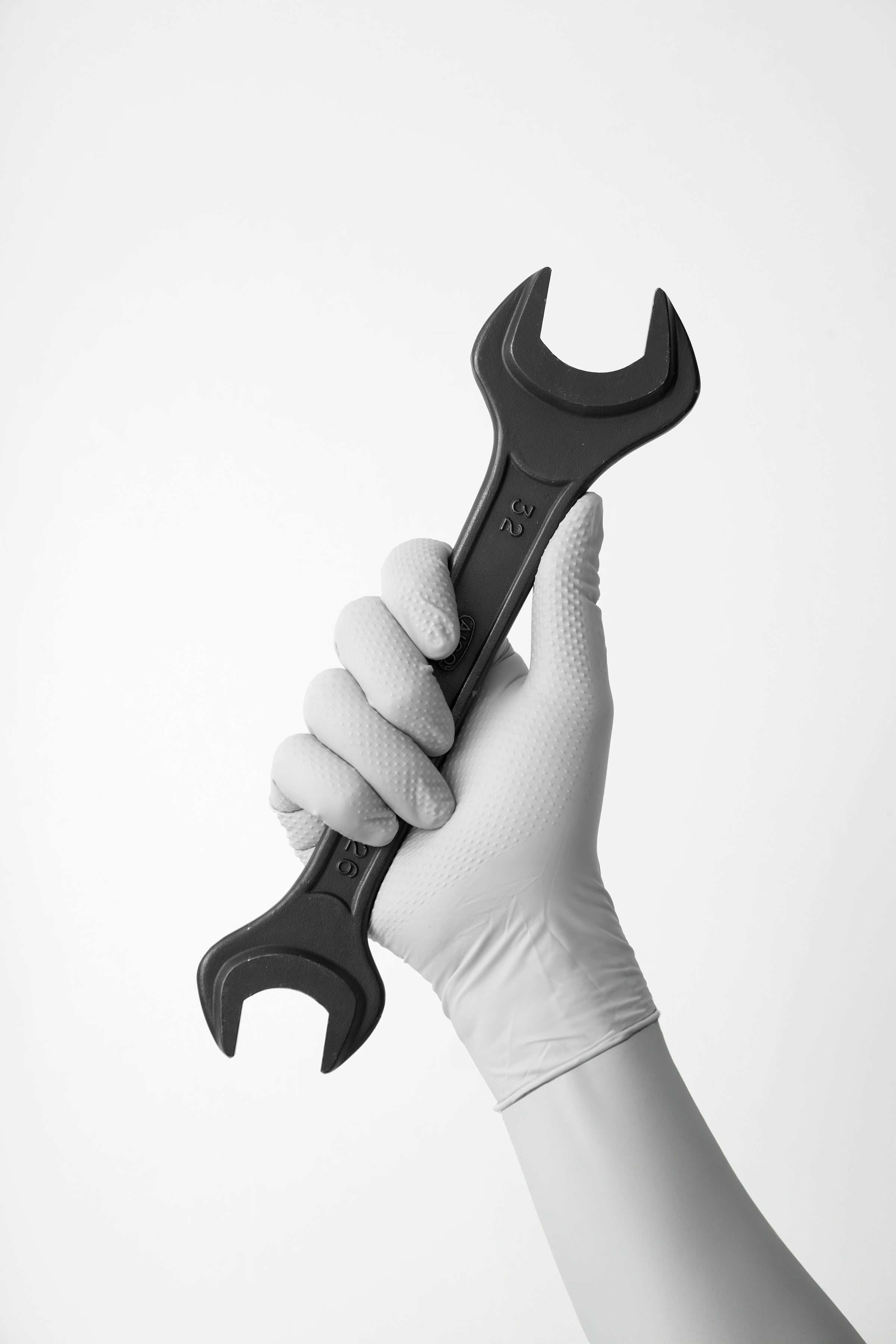
- by TORCHSTAR CORP
Pre-Move-In Plumbing Guide
- by TORCHSTAR CORP
What to Check Before Living in an Older Home
The Most Common Issues in Older Plumbing Systems
Older homes share predictable plumbing challenges that appear regardless of age. Typical issues include:


What Should Do Before Moving In
A few simple checks can prevent most common plumbing failures. Before settling in:
What a Plumber Should Professionally Inspect
Licensed plumber should verify system integrity before you occupy the home. Key tasks include:

Why Plumbing Should Be Your First Pre-Move-In Priority
Fill out the form below and our team will get back to you within 24 hours.
Thank you for reaching out. We have received your message and will be in touch shortly.
Share:
Pre-Move-In Whole-Home Essentials
Pre-Move-In Electrical Guide